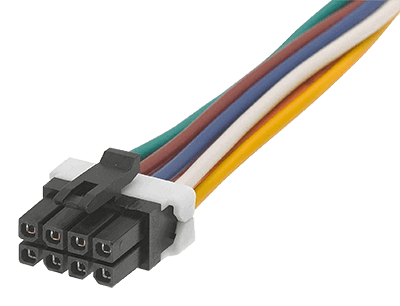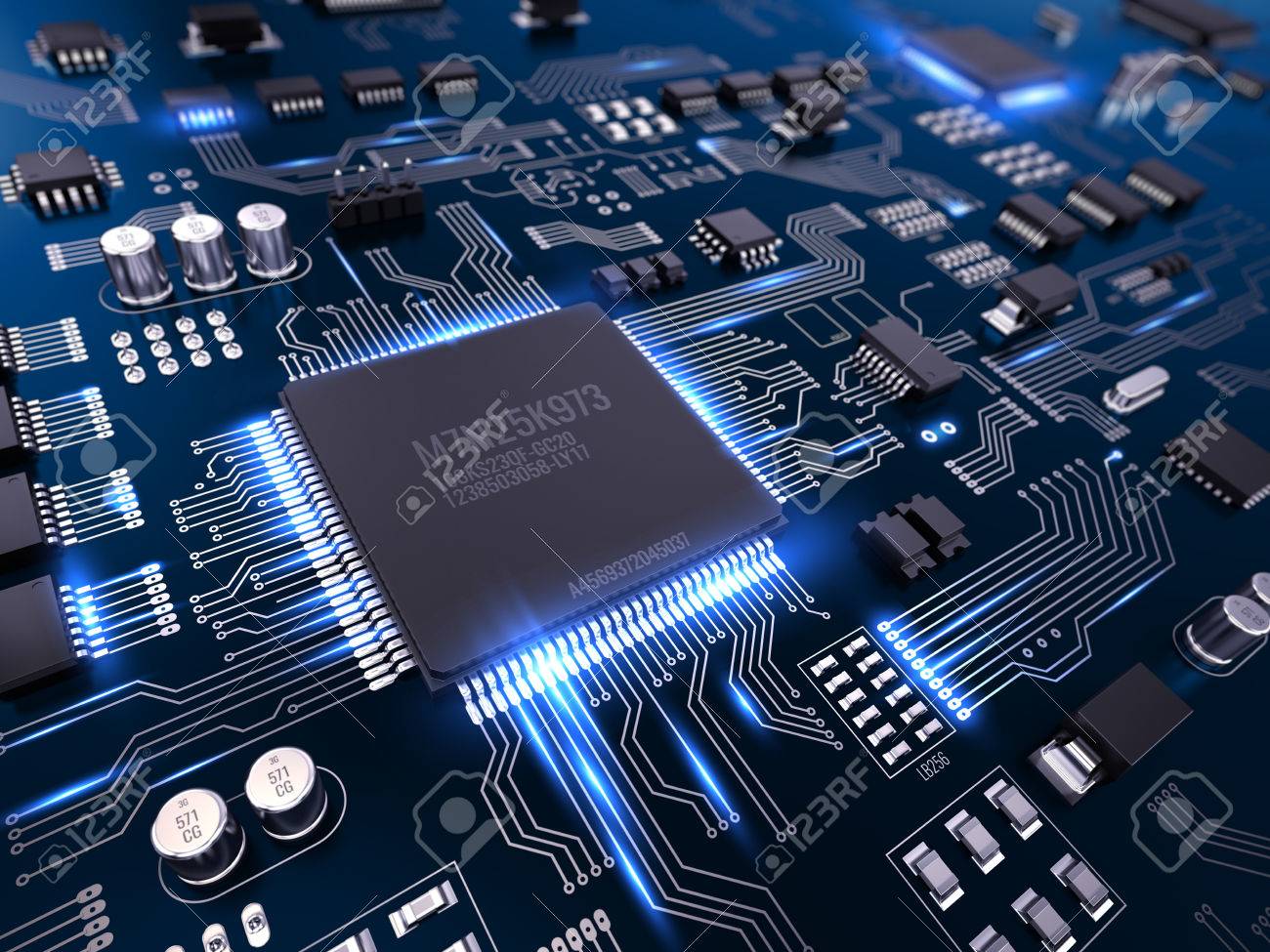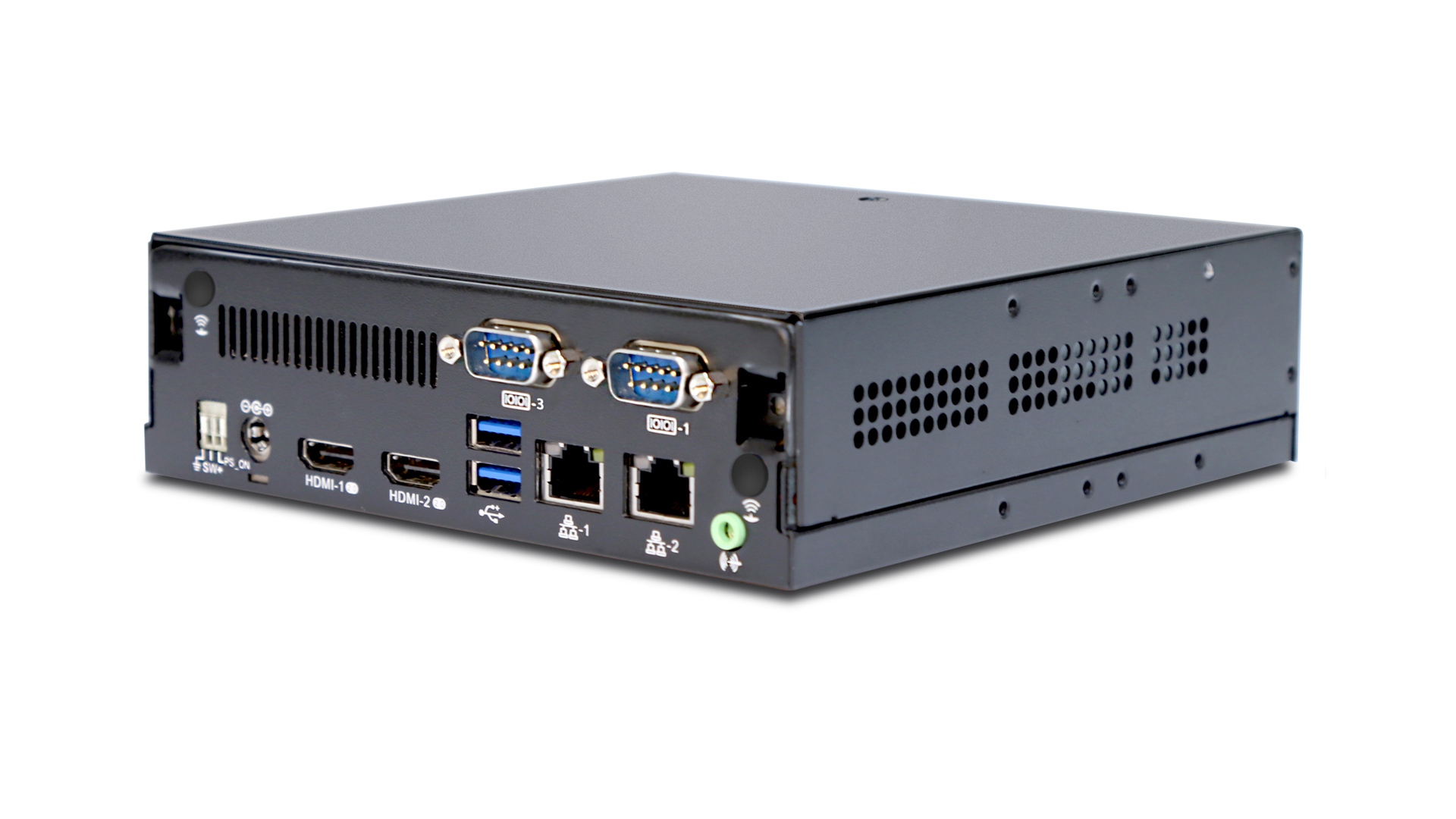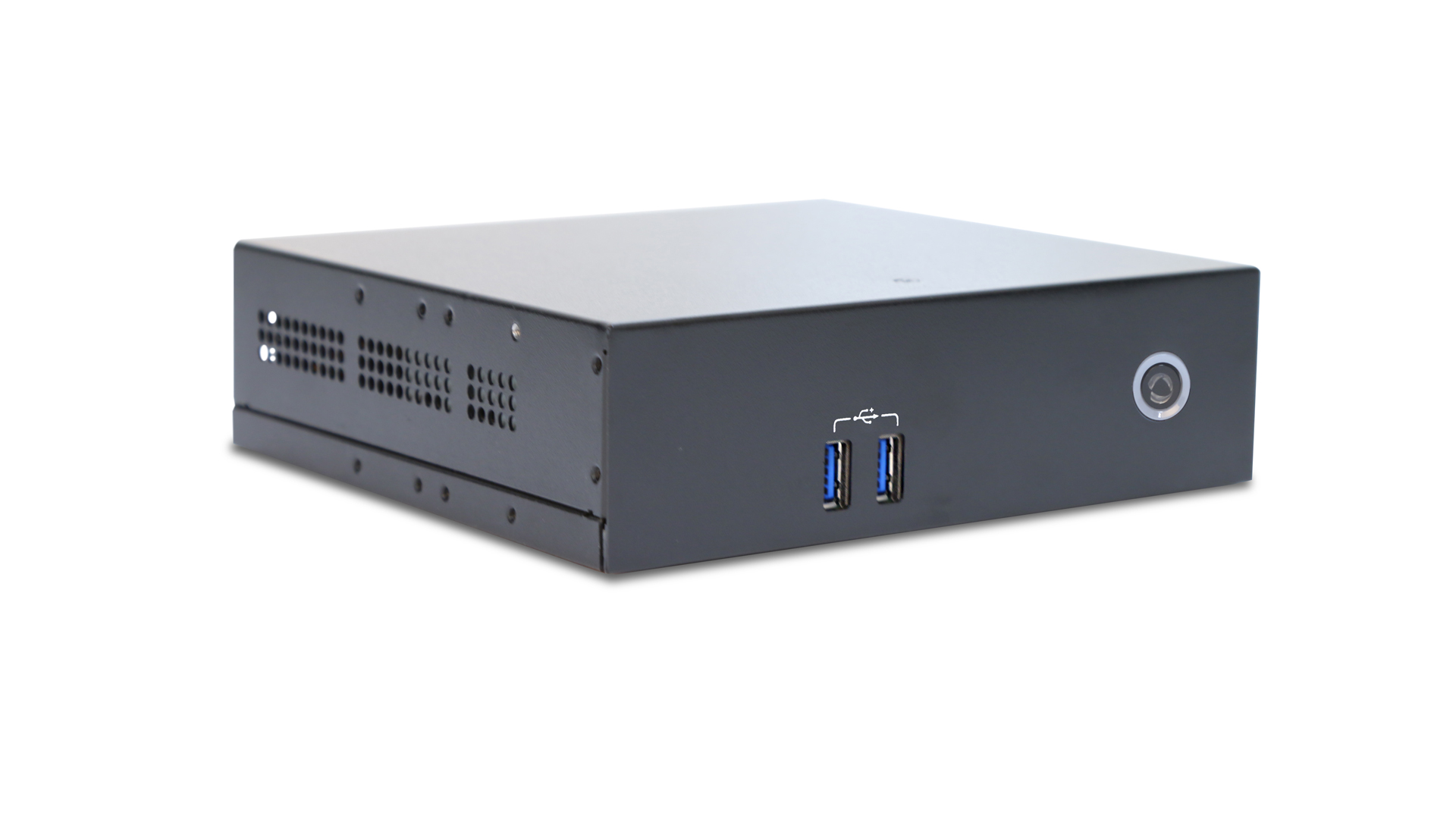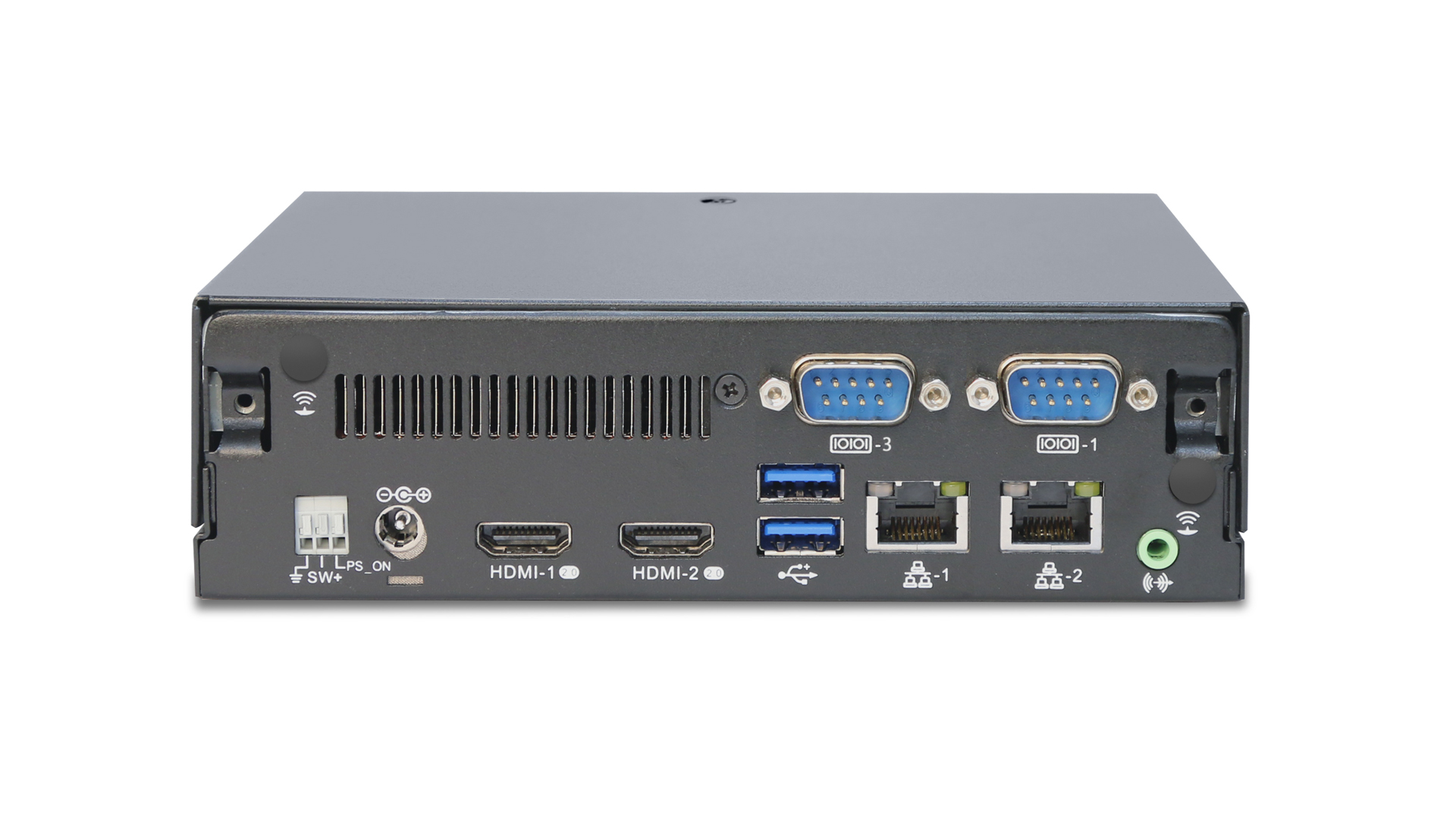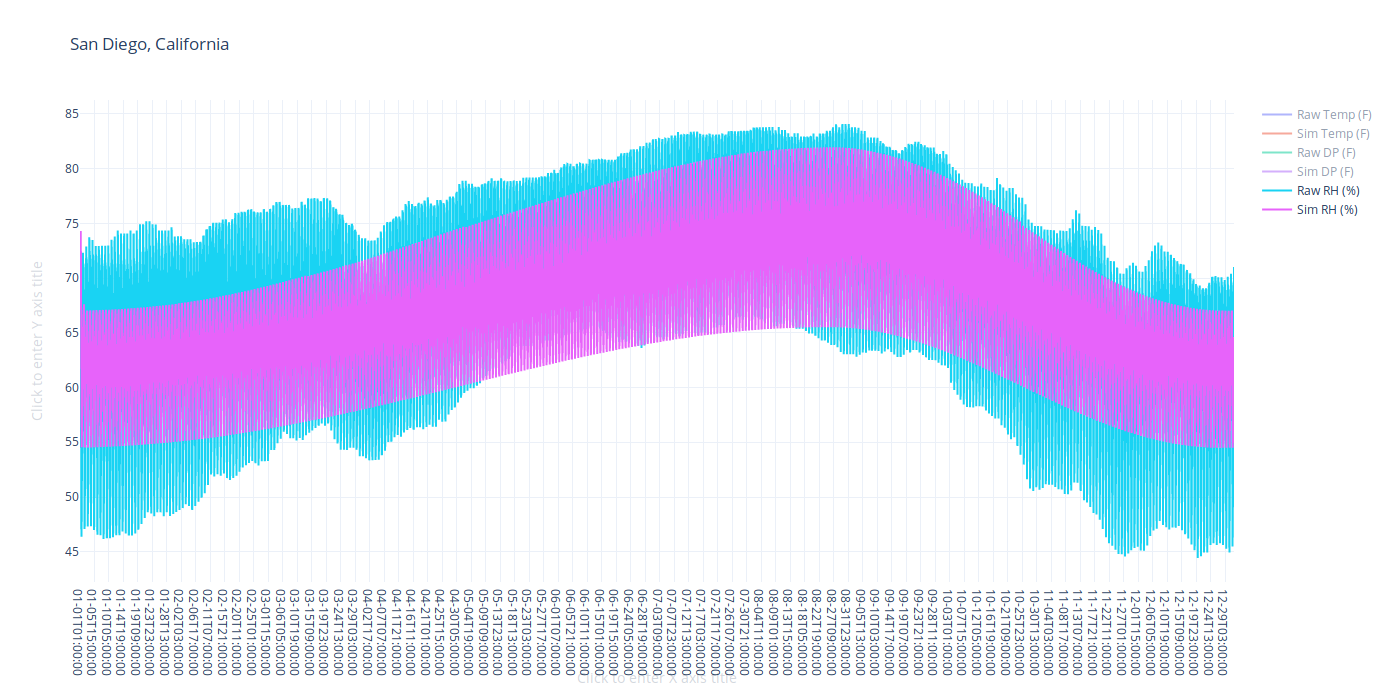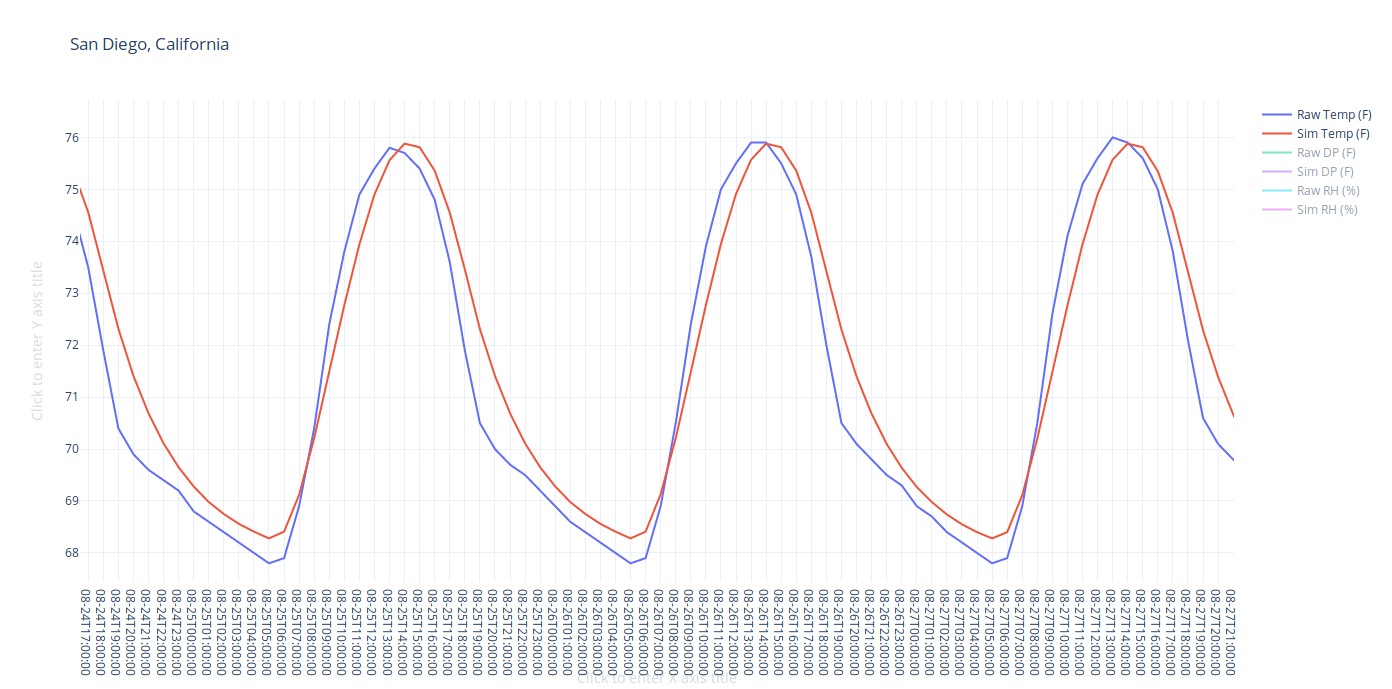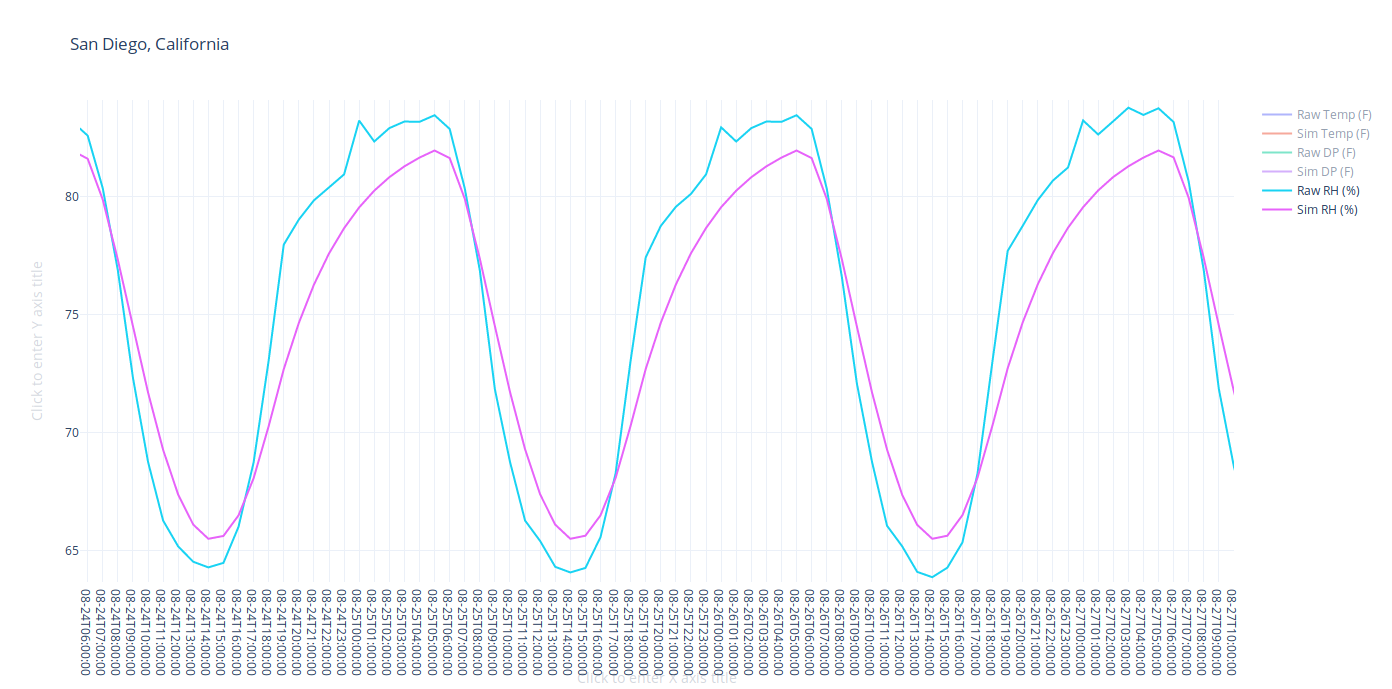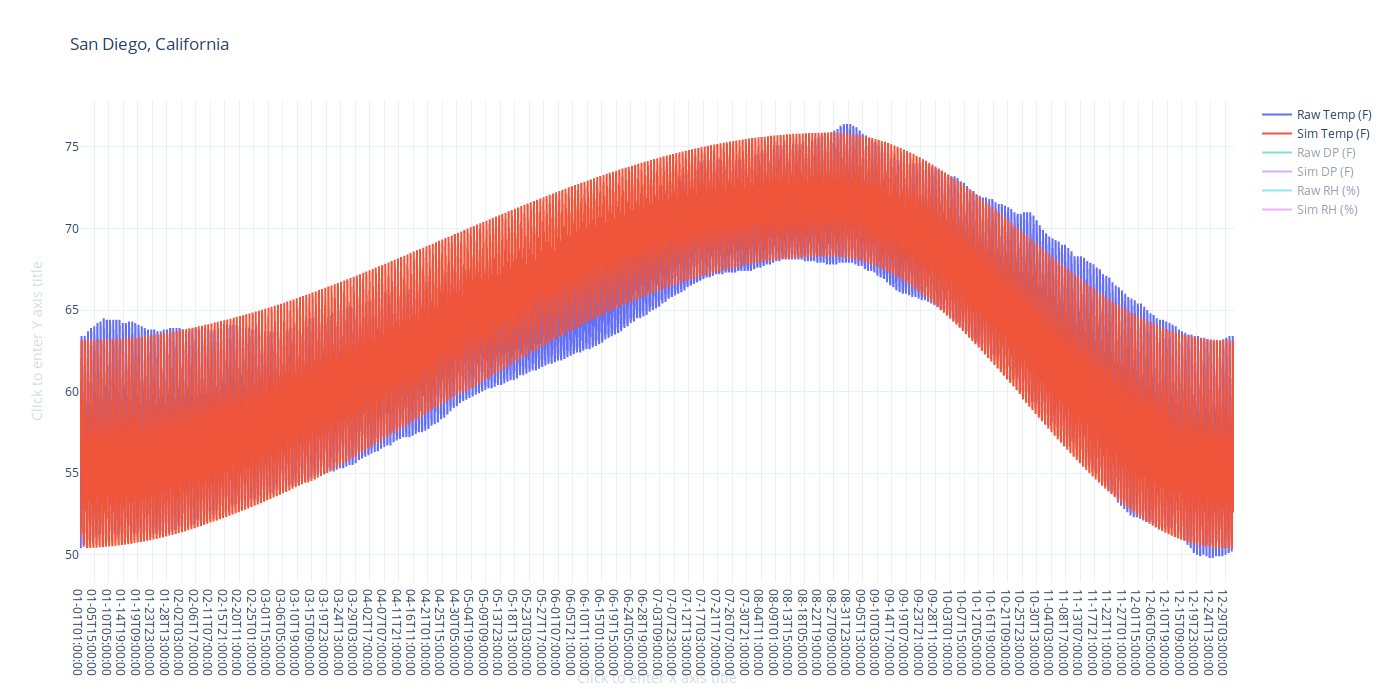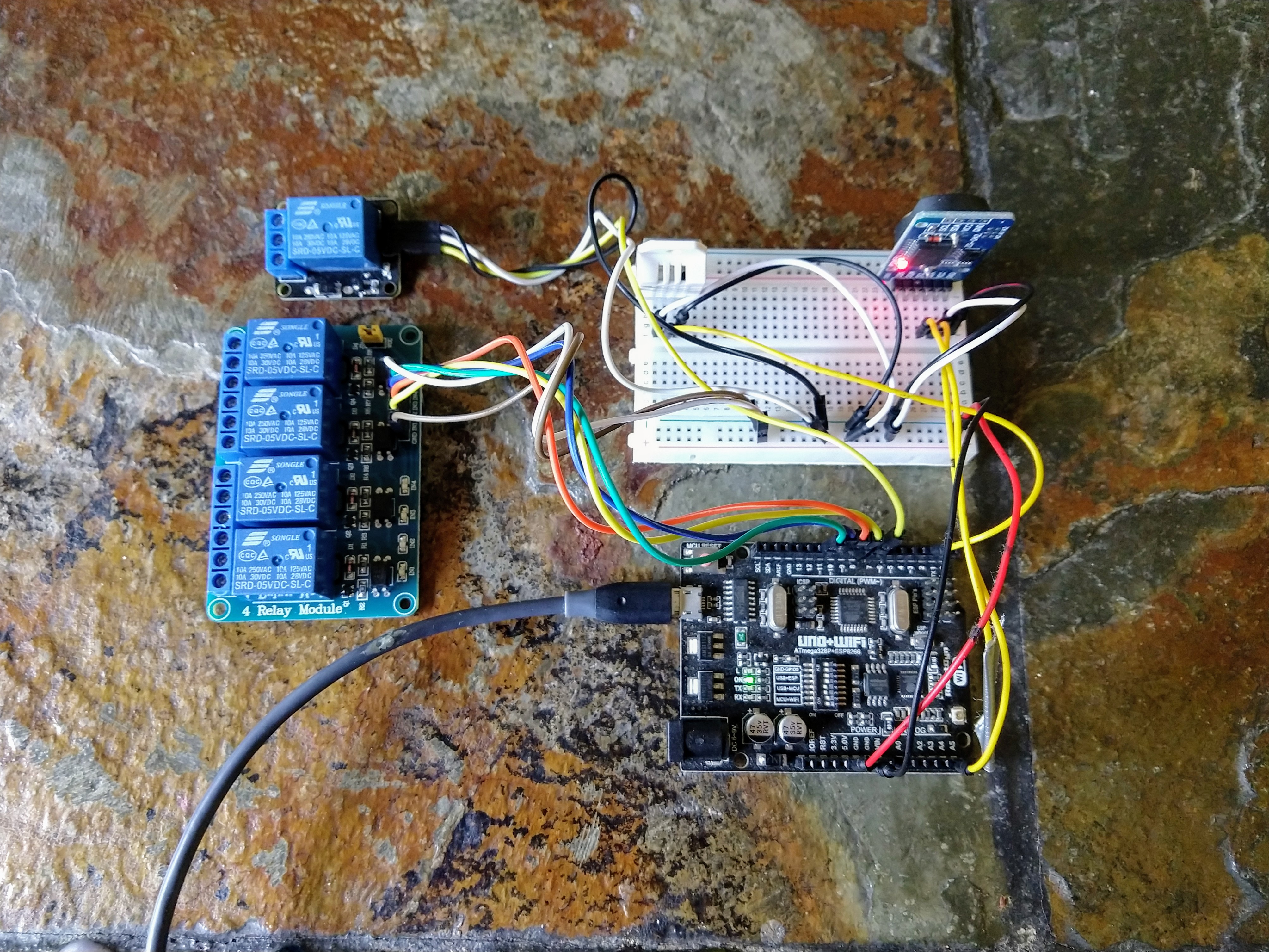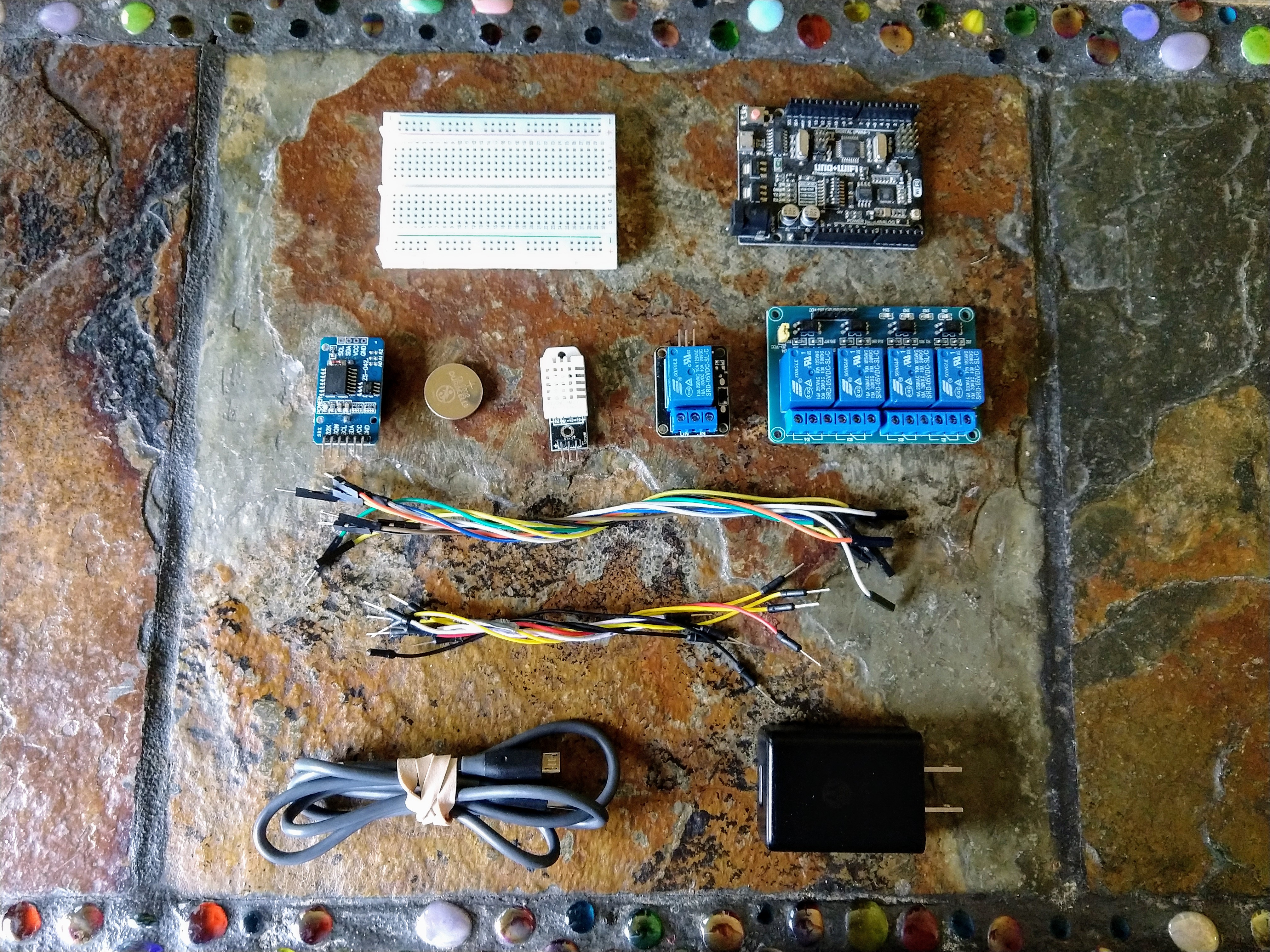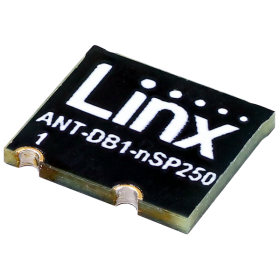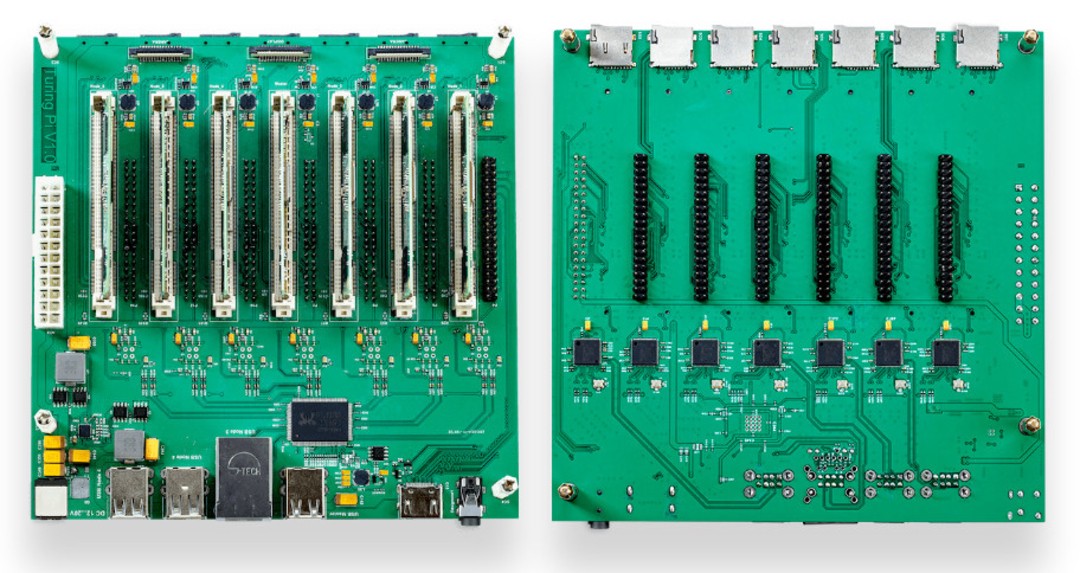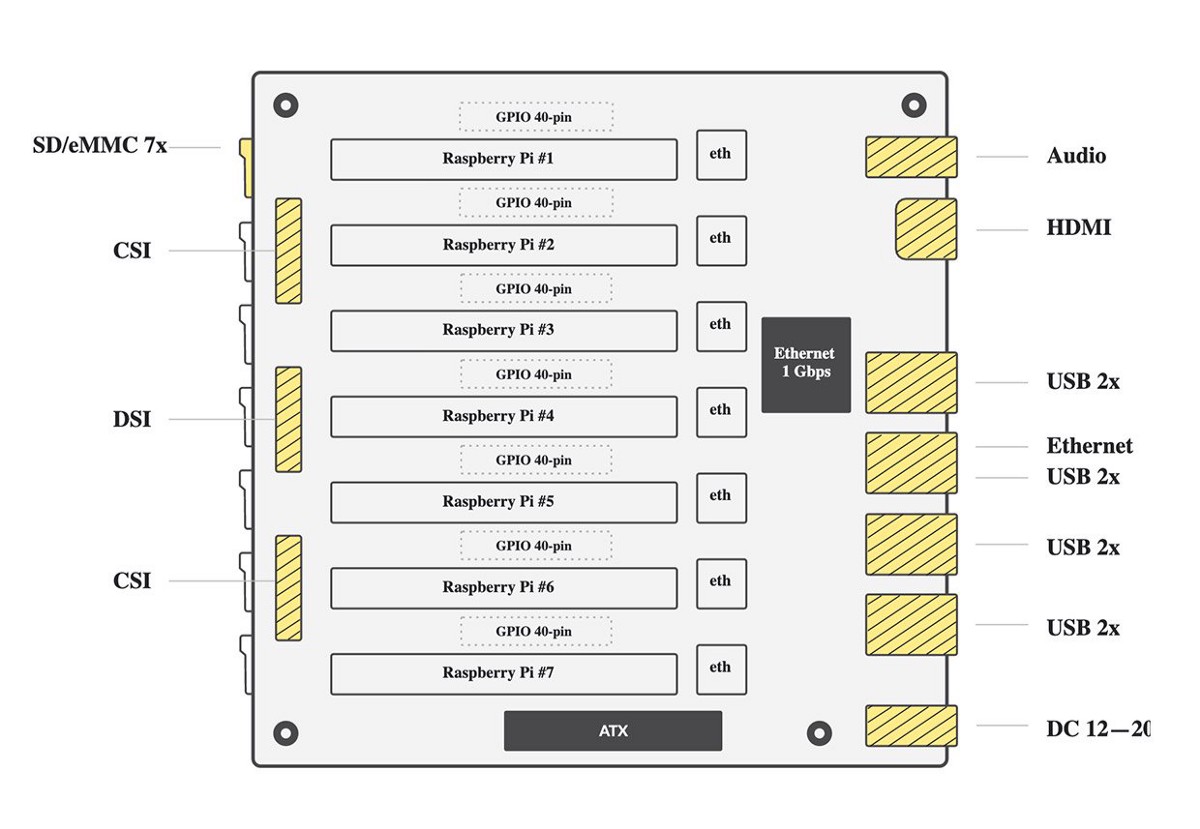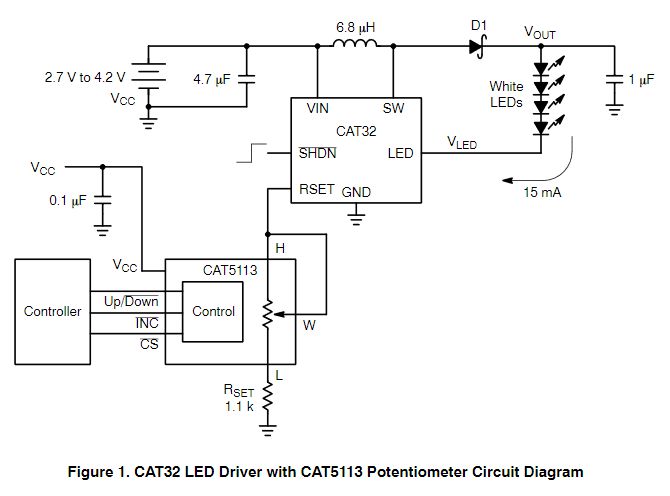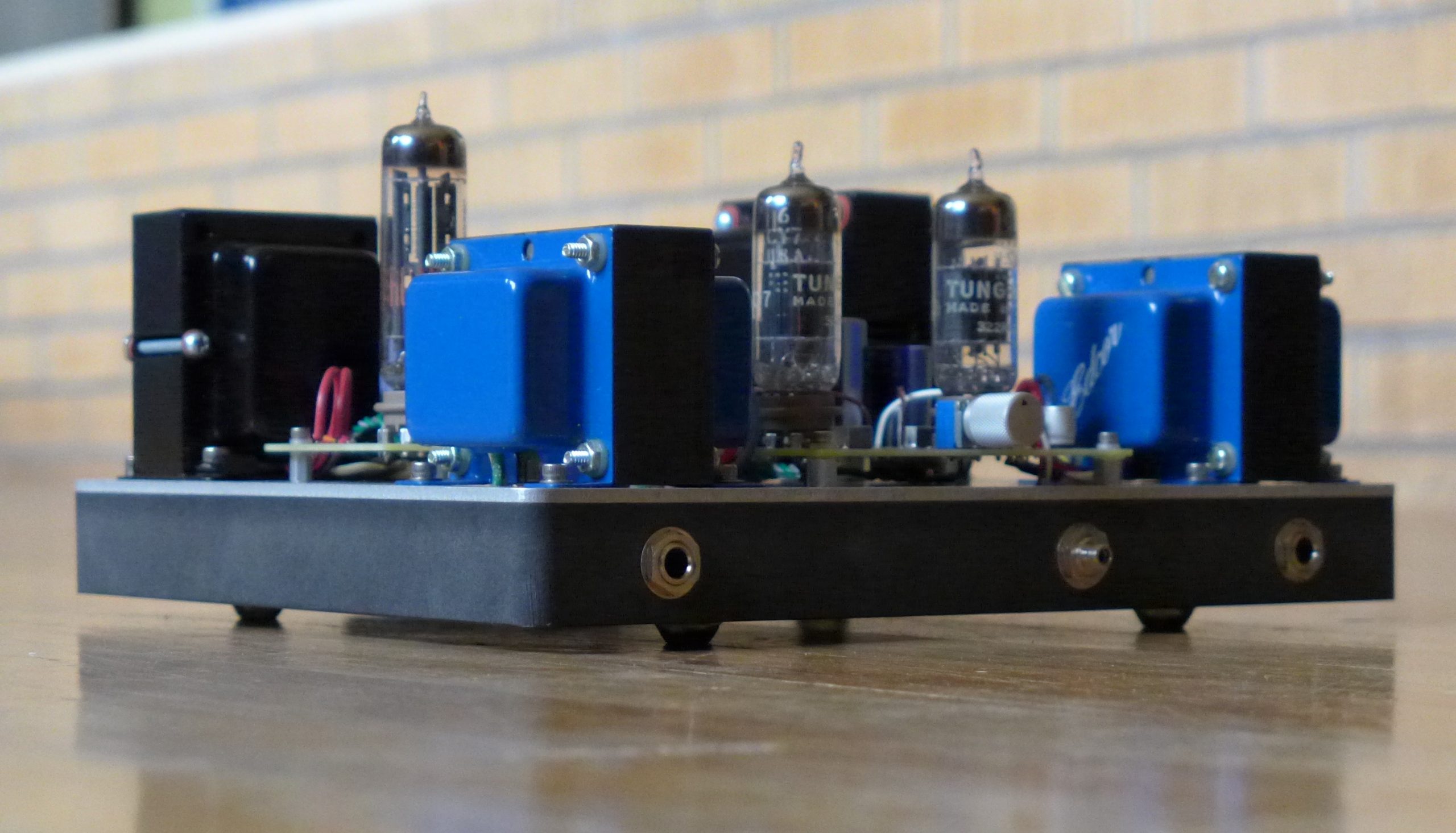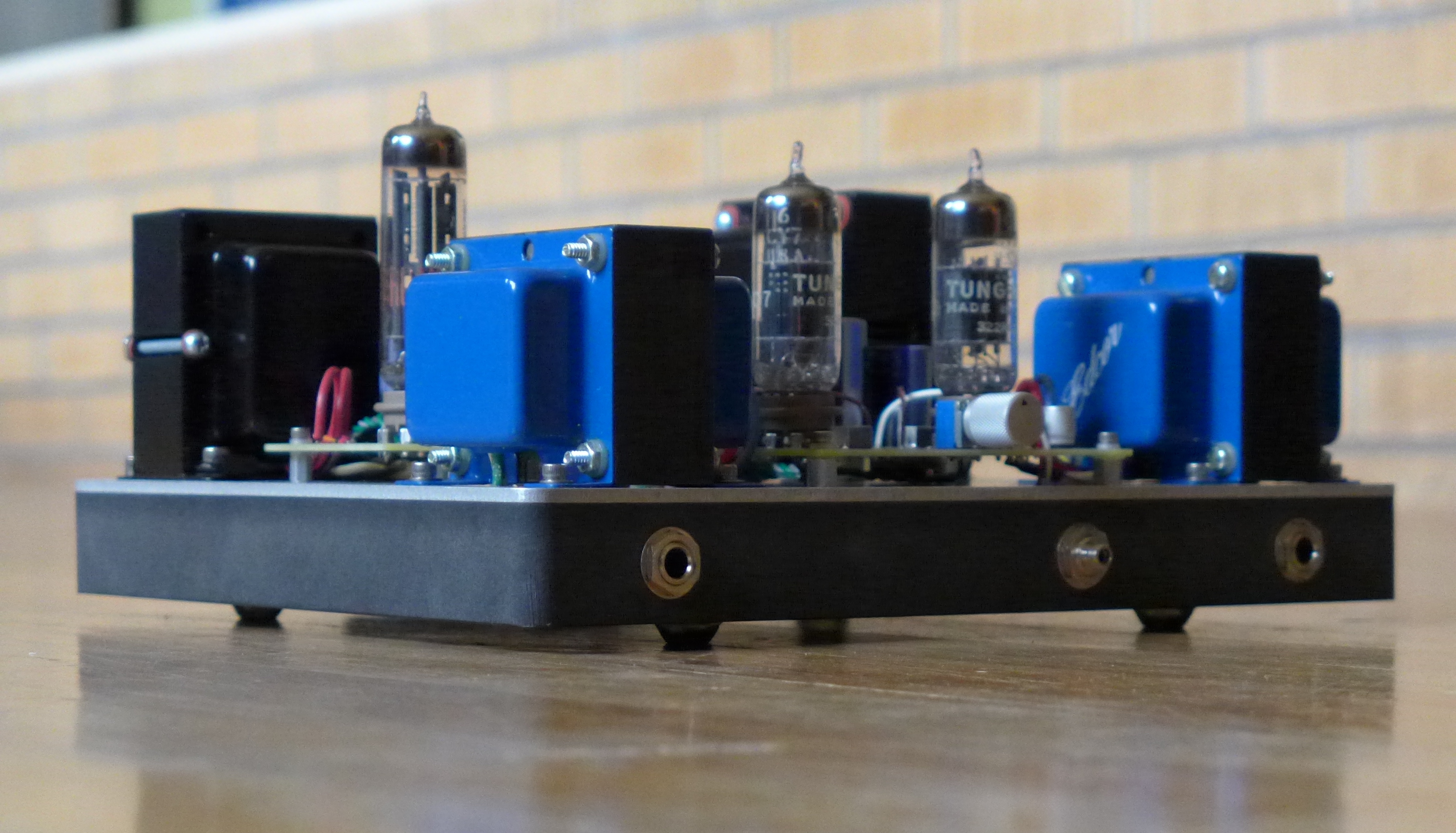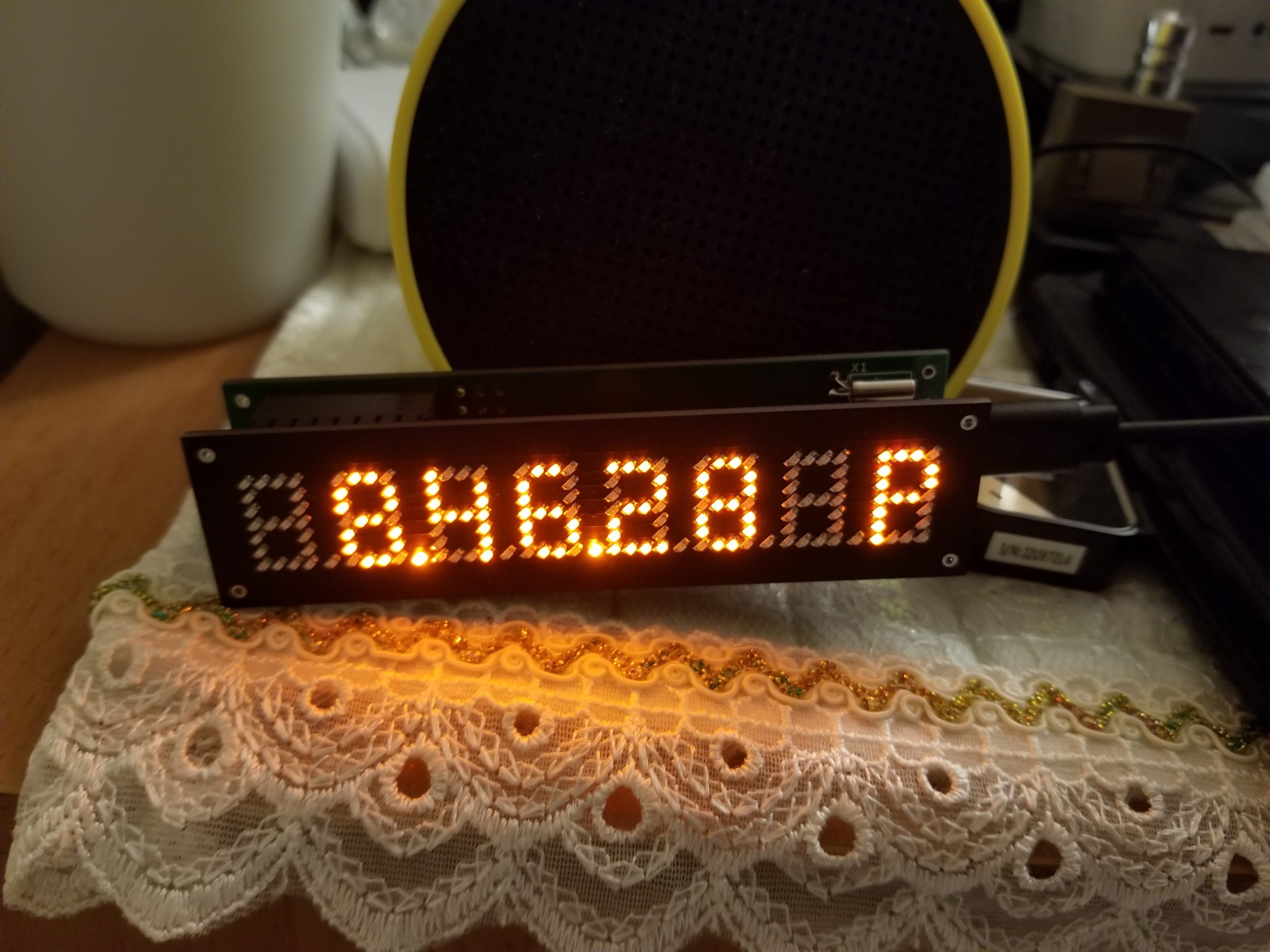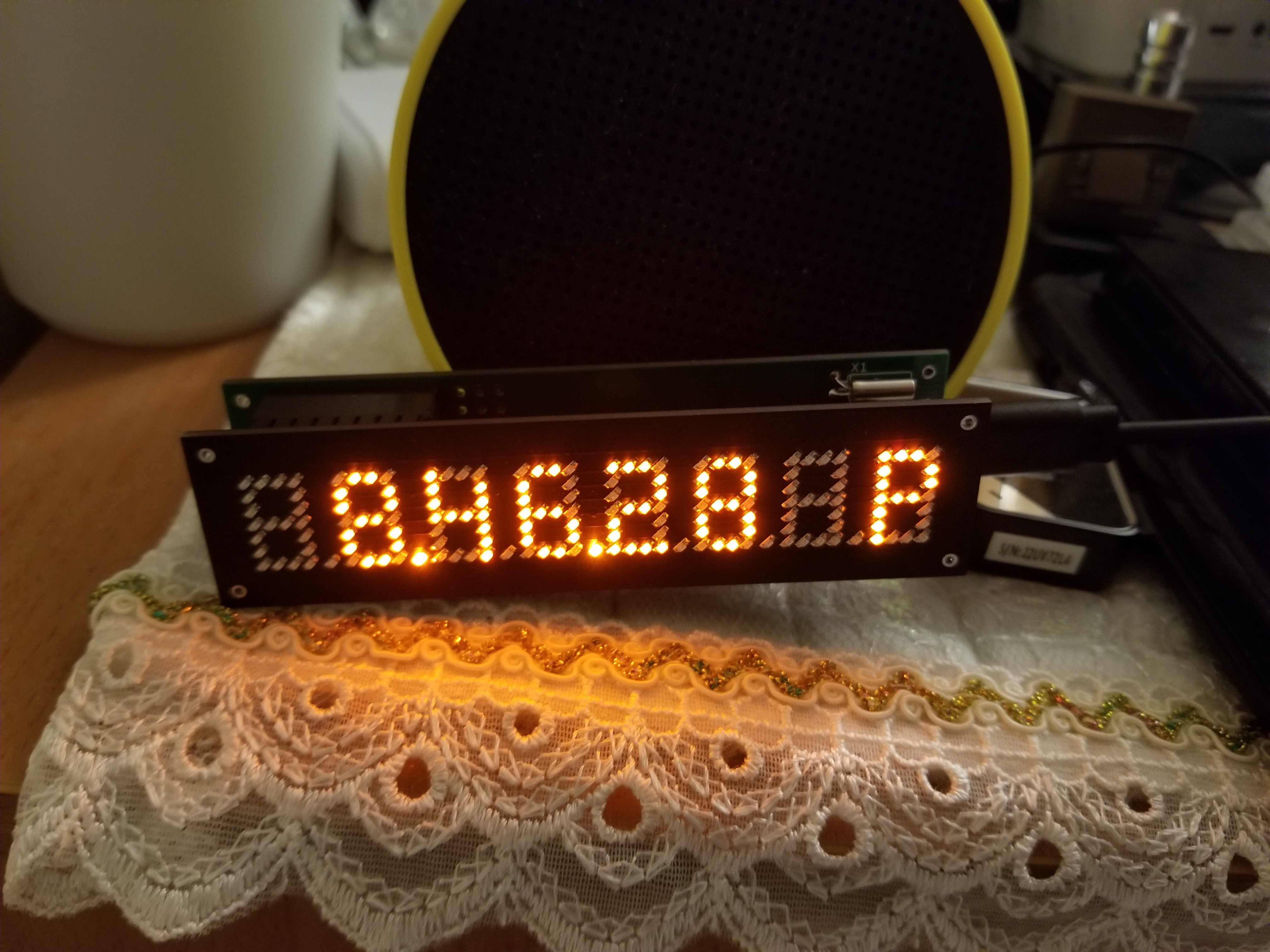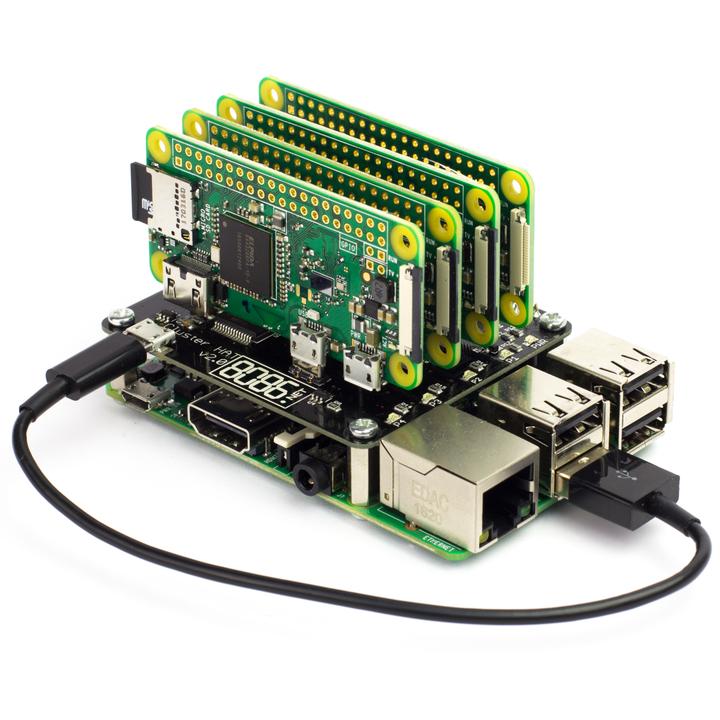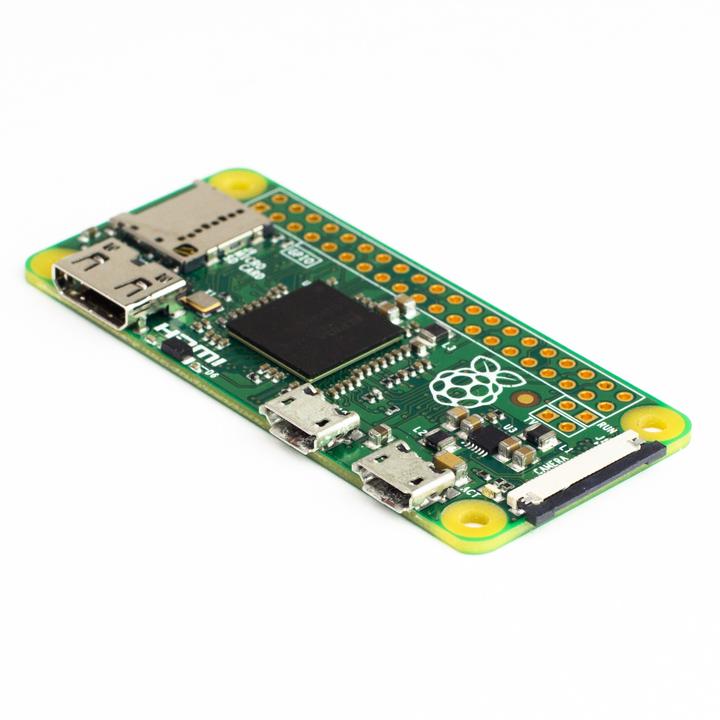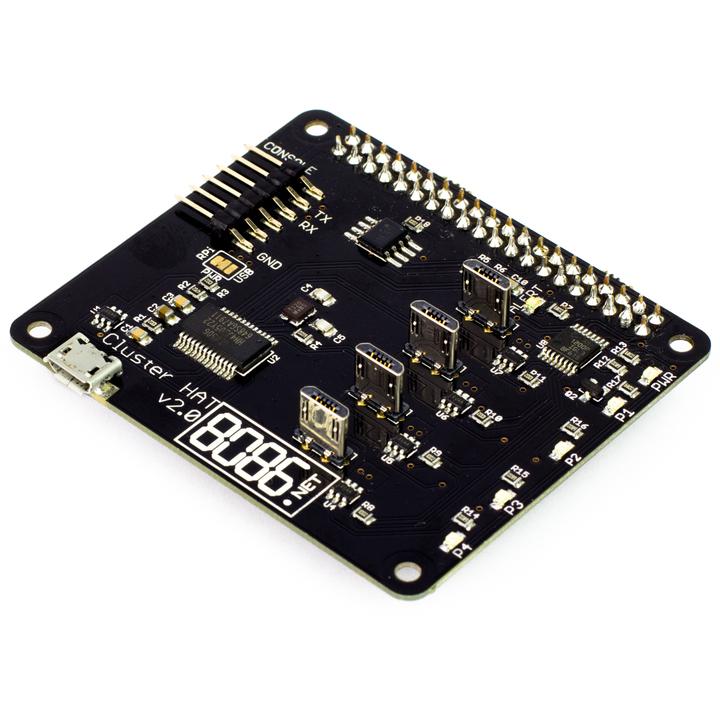Cloom, a reliable wire harness, and cable assemblies manufacturer, today published a “Wiring Harness: The Ultimate Custom Guide.” It has eight chapters that cover some useful terms about Wiring Harness knowledge.
The publication is available here for free. This guide sheds insightful light on these Wiring Harness properties.
“The Cloom R&D team adapts quickly to the changing market needs. The R&D team helps customers in developing the design, advising on the material, developing new products, and ensuring that the essential requirements for ROHS, REACH and halogen-free for wiring harnesses are met,” said Mr. Hommer, General manager of Cloom.
Among the key subjects on this Wiring Harness include:
- Everything you should know about a Wiring Harness: This section briefly introduces everything you should know about a Wiring Harness.
- Things you need to make your custom Wiring Harness: Before making your custom wiring harness, the first and most important thing to have is a design or wiring diagram. And the following tools are needed in making a wiring harness: Wire Cutter, Wire Stripper, Crimping Plier/Ratcheting Crimpers, Heat Gun, Multimeter, Heat shrink, Wires, Terminals, and Zip Ties.
- How to use a wiring harness diagram: The circuit design/diagram is very foundational to make a custom wiring harness successfully. Ideally, every cable harness circuit diagram will have the following: Symbolized components, Optimum positioning, Splice positions, and Wire colors.
- Types of Wiring Harness: Two major factors determine the type of wire harness to make. Firstly, the application, secondly, the environment. Based on these two factors, there are three types of cable harness that you can make. They include the Open Bundle, Closed Bundle, and Waterproof harnesses.
- How to custom Trailer Wiring Harness: This chapter describes the steps for custom Trailer Wiring Harness in detail.
- How to make custom Stereo Wiring Harness: This chapter describes the steps for custom Stereo Wiring Harness in detail.
- How to make custom Engine Wiring Harness: This chapter describes the steps for custom Engine Wiring Harness in detail.
- How we Custom Wiring Harness in Cloom: This section describes our design experts follow the following steps meticulously at customizing a wiring harness to suit your applications.
Also, Worth the read, right? We hope you can now boldly say I’m a wiring harness professional. We have more than adequate experience in Electronics wiring harnesses, Power cables, Signal wiring harness, and Automobile wiring harnesses. You can send us an inquiry for the custom wiring harness you need, and we’d reach you promptly.
About Cloom
Cloom is one among the excellent wire harness service companies, covering Electronics wiring harness, Power cable, Signal wiring harness, Automobile wiring harness. Its covers include the value-added business of Wire harness production, assembling, custom design, and most efficient delivery route.
From Prototype, you are developing the design, production, packing, and delivery, Cloom will the one point sourcing. You are welcome to contact Cloom for the cost-effective wiring harness and assembly design and service!
Media Contact
- Contact Person: Hommer Zhao (General Manager)
- Email: sales@wiringo.com
- Tel: +86-31186935537
- Website: https://www.wiringo.com/wiring-harness.html



